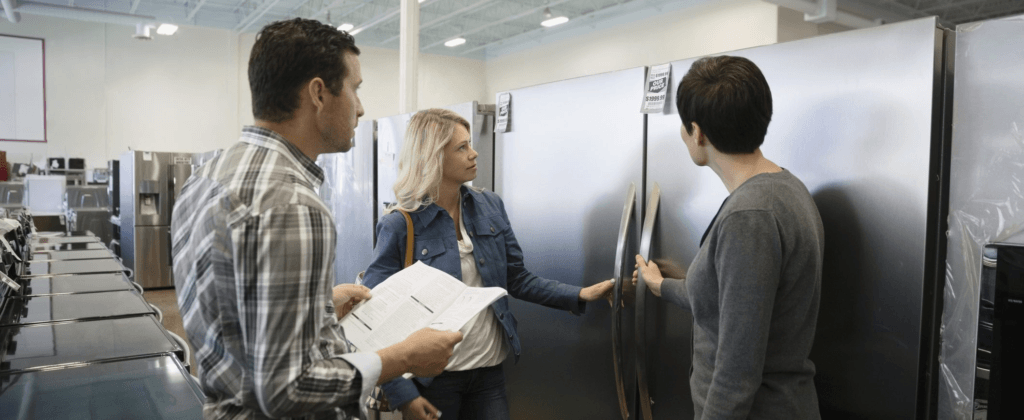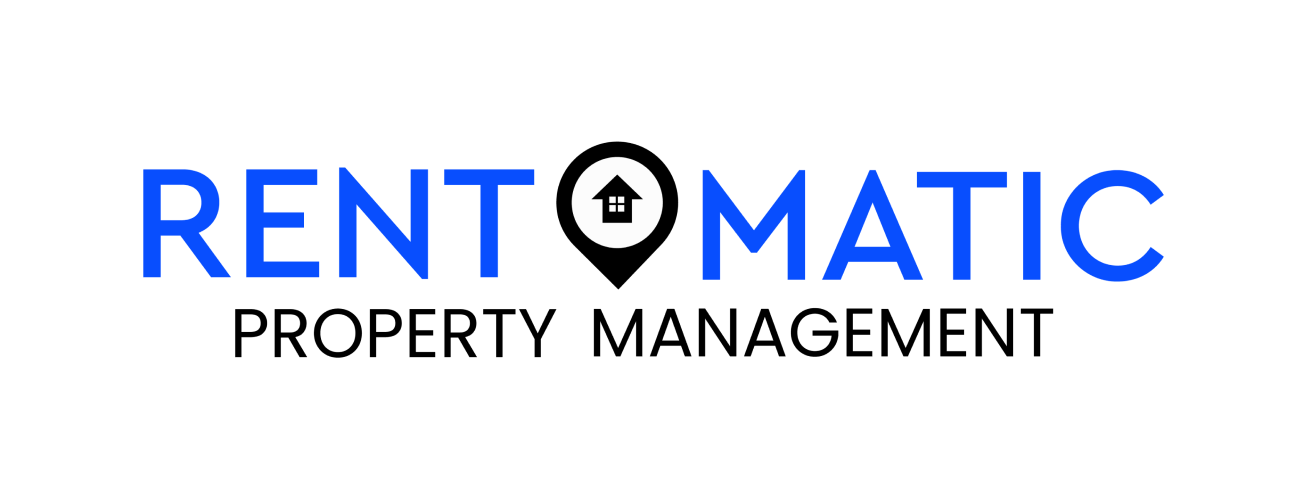Trust and call us – The result will come!!
One of the biggest landlord responsibilities facing any property owner is rental maintenance.
That’s not surprising. Rental property maintenance requires year-round vigilance, representing a significant amount of time and money. However, landlords can avoid the “pain points” if they follow some simple rules, stay organized, and budget accordingly. Below we talk about some of the strategies for managing rental maintenance.

1. Regular Maintenance
Companies that offer property management services set the right rental price based on market trends. Along with screening tenants, they also conduct background checks on tenants, prepare lease agreements, and collect the rent on your behalf. Maintaining your property after the tenants move out, filling in the vacancies, and settling the monthly utility bills are also where these companies will assist you.
- Check for leaks, especially following strong rainstorms or after significant snowmelt. Water damage is the enemy of every landlord.
- Replace air filters frequently.
- Test smoke and carbon monoxide detectors regularly.
- Check for pests quarterly if not monthly.
- Re-caulk showers and bathtubs to prevent mold and leaks.
- Tighten any handles, knobs, locks, faucets, etc.
- Check fire extinguishers.
- Flush the water heater.
- Trim or remove trees on the property threatening power lines or structures.

2. Regular Inspections
One of the keys to maintaining your unit is to conduct rental property inspections on a regular basis. There are four types of inspections landlords can do to help ensure their properties stay in tip-top shape.
- Move-in Inspection: This walk-through inspection is typically done with the tenant. This provides an opportunity for the tenant to identify any concerns and for the landlord to document the condition of the property when it was turned over.
- Routine Inspection: Landlords should schedule regular inspections of the property with the tenant, ideally on a quarterly basis. A landlord should provide prior notification before entering the property; often the terms of the lease will specify the particulars regarding these visits, or local law will. This is an opportunity for the landlord to identify maintenance issues or for the tenant to discuss any problems such as that leaky faucet.
- Drive-by Inspection: Routinely stopping by the unit to observe its outside condition can help spot issues such as the unauthorized presence of a pet.
- Move-out Inspection: As the name implies, this inspection comes when the tenant moves out. This inspection is not only the time to identify any damage a tenant may have caused but for the landlord to note what normal wear-and-tear repairs or maintenance issues may need to be addressed before the unit is rented out again.
3. Appliance Replacements
Remember that everything has an expiry date. Rooftops, appliances, flooring, and paint will all need to get replaced after a suitable time. A brilliant landlord will assess the life expectancy of significant machines and property appliances that should get supplanted so they can prepare a spending plan and spare money likewise.
Replacements can be a significant house repair cost, yet it will at last add to the estimation of your home improvement whenever done thoughtfully.

4. Ensure You Inspect before a New Tenant Moves-In
Among other responsibilities as a landlord, while finding a new tenant, you must also inspect the property before a new one moves in. There are areas that the previous tenant must have overlooked and could cause real damage when the new tenants use the property. It is also suggested to replace smoke alarms and other such appliances that require batteries.
Property maintenance may appear to be costly to get a portion of these appliances fixed. However, it’s justified, despite all the trouble. In addition, it’s a landowner’s obligation to make the property risk free and safe.




